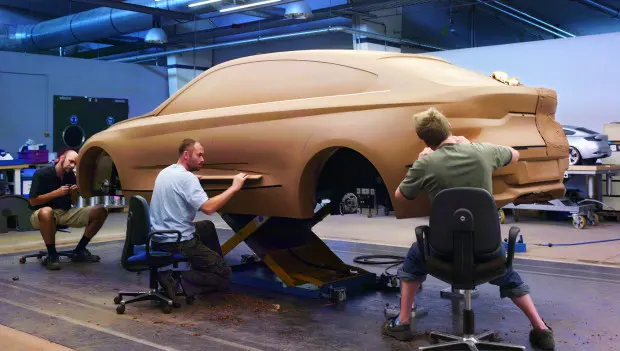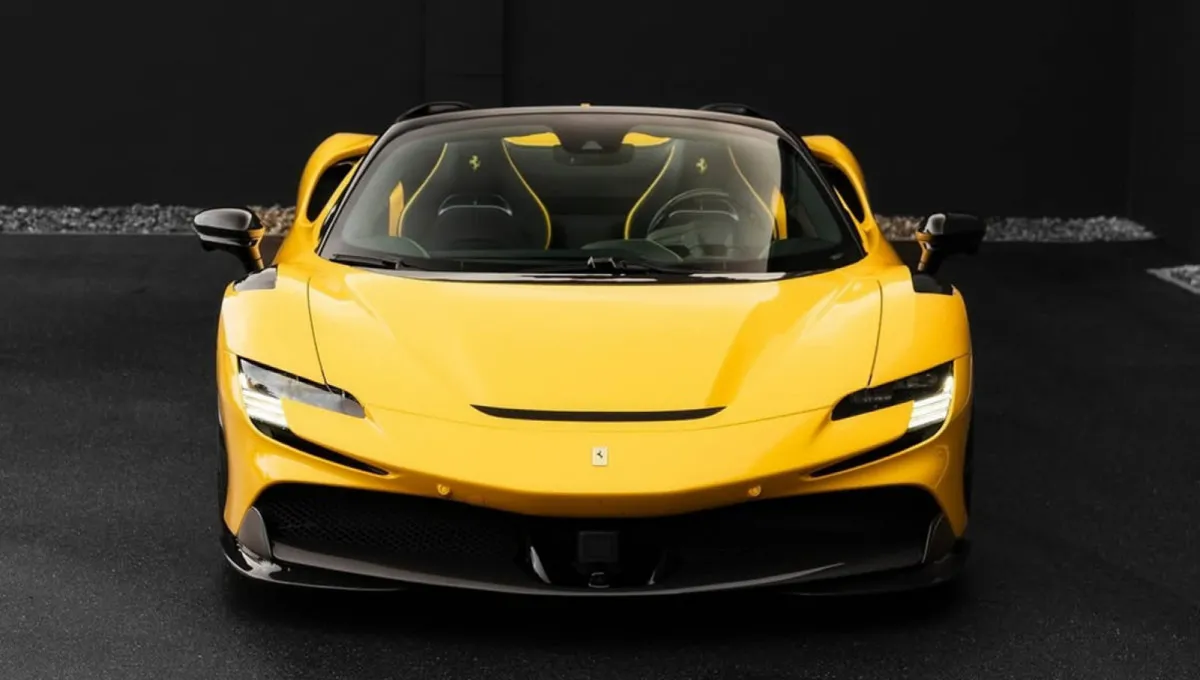Why Car Designers Still Sculpt in Clay — Even in the Digital Age
Even in the age of digital design, automakers haven’t abandoned old-school methods — clay models remain the key tool for shaping the cars of the future.

Despite the rapid rise of digital design tools, automakers around the world still rely on one surprisingly traditional method — clay modeling. First introduced in the 1930s by General Motors engineer Harley Earl, the technique remains a cornerstone of vehicle design, even for the most futuristic 2026 models.
Modern 3D software can visualize a car in incredible detail, but it still can’t fully replace clay. A physical model allows designers to judge proportions, study how light and shadow play across the surfaces, and make instant hands-on adjustments. A full-size clay car can be rotated, lit from different angles, and even covered with a film that mimics painted metal — letting designers see what the final product will truly look like.
The process is painstaking and precise. It starts with a metal frame, over which a special industrial clay is applied — not natural clay, but a synthetic mix of waxes and resins. It stays soft when warm and hardens as it cools, allowing endless refinements. CNC milling machines carve out rough shapes from digital blueprints, and then master sculptors perfect every line by hand.

A full-scale clay model typically weighs around two tons, and completing one can take anywhere from two to six months of work by an entire studio team. When finished, the model is often wrapped in reflective foil or film to simulate paint, helping designers evaluate color, texture, and reflections under real lighting conditions.
Even the most high-tech automakers — from Tesla and Ford to BMW and Ferrari — still maintain dedicated clay studios. Ford’s Detroit design center alone uses over 90 tons of clay each year. After the design phase, the material is recycled and reused, making the process both tactile and surprisingly sustainable.
Experts say the reason clay modeling endures is simple: it gives designers something digital screens can’t — a real, physical connection to the shape of a car. As one stylist put it, “You can’t feel a line on a monitor.”
You may also be interested in the news:

Three Zodiac Signs With Unpredictable Driving Behavior: Astrologers Say They’ve Found Evidence
Astrology experts who studied driver behavior say the stars may play a bigger role in driving style than many people think.

Upgraded Ferrari SF90 Spider Sparks Social Media Frenzy
Novitec’s exclusive Ferrari SF90 Spider blends luxury and power into one striking package.

How the Yellow School Bus Became a True American Icon
For most Americans, the yellow school bus is more than transportation—it’s a symbol of childhood.

Why U.S. School Buses Have Black Stripes on the Sides — And What They’re Really For
At first glance, it’s hard to imagine what could be so interesting about American school buses.

Ford Escape and Lincoln Corsair to Be Discontinued in the U.S. as Ford Makes Room for New EVs
Ford has decided to phase out its most affordable gasoline-powered models in the United States.